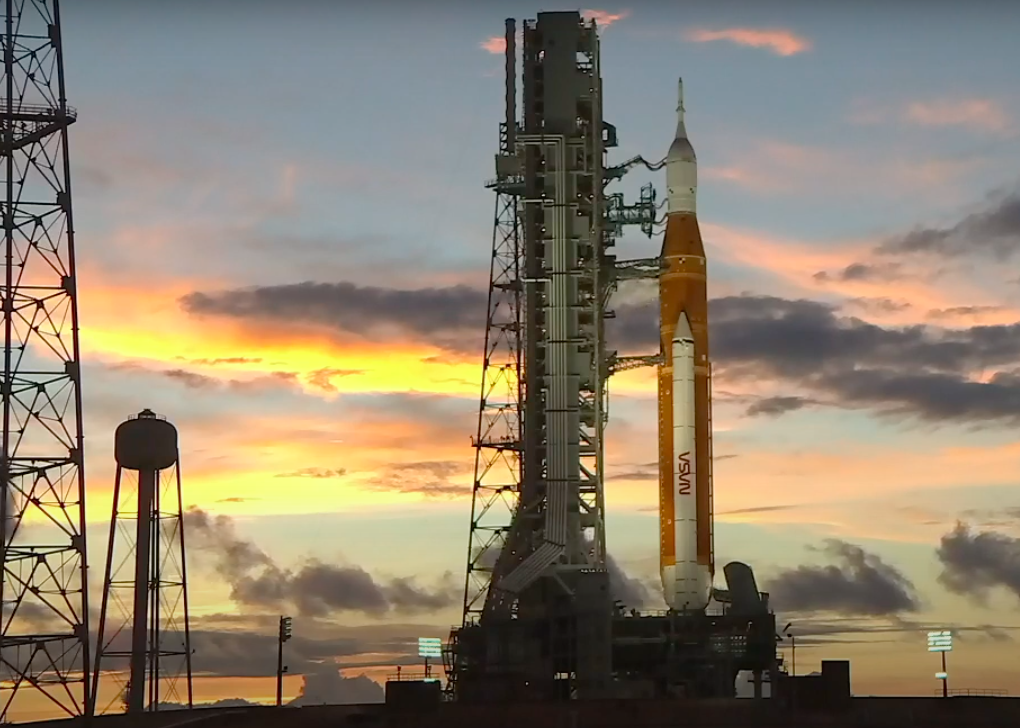
Credit: NASA TV
CAPE CANAVERAL—A procedure to thermally condition the Space Launch System (SLS) main engines for flight failed during the closing hours of the launch countdown on Aug. 29, prompting a scrub. NASA had hoped to test the so-called hydrogen kick-start procedure during its June 20 wet dress rehearsal for...
Subscription Required
This content requires a subscription to one of the Aviation Week Intelligence Network (AWIN) bundles.
Schedule a demo today to find out how you can access this content and similar content related to your area of the global aviation industry.
Already an AWIN subscriber? Login
Did you know? Aviation Week has won top honors multiple times in the Jesse H. Neal National Business Journalism Awards, the business-to-business media equivalent of the Pulitzer Prizes.

